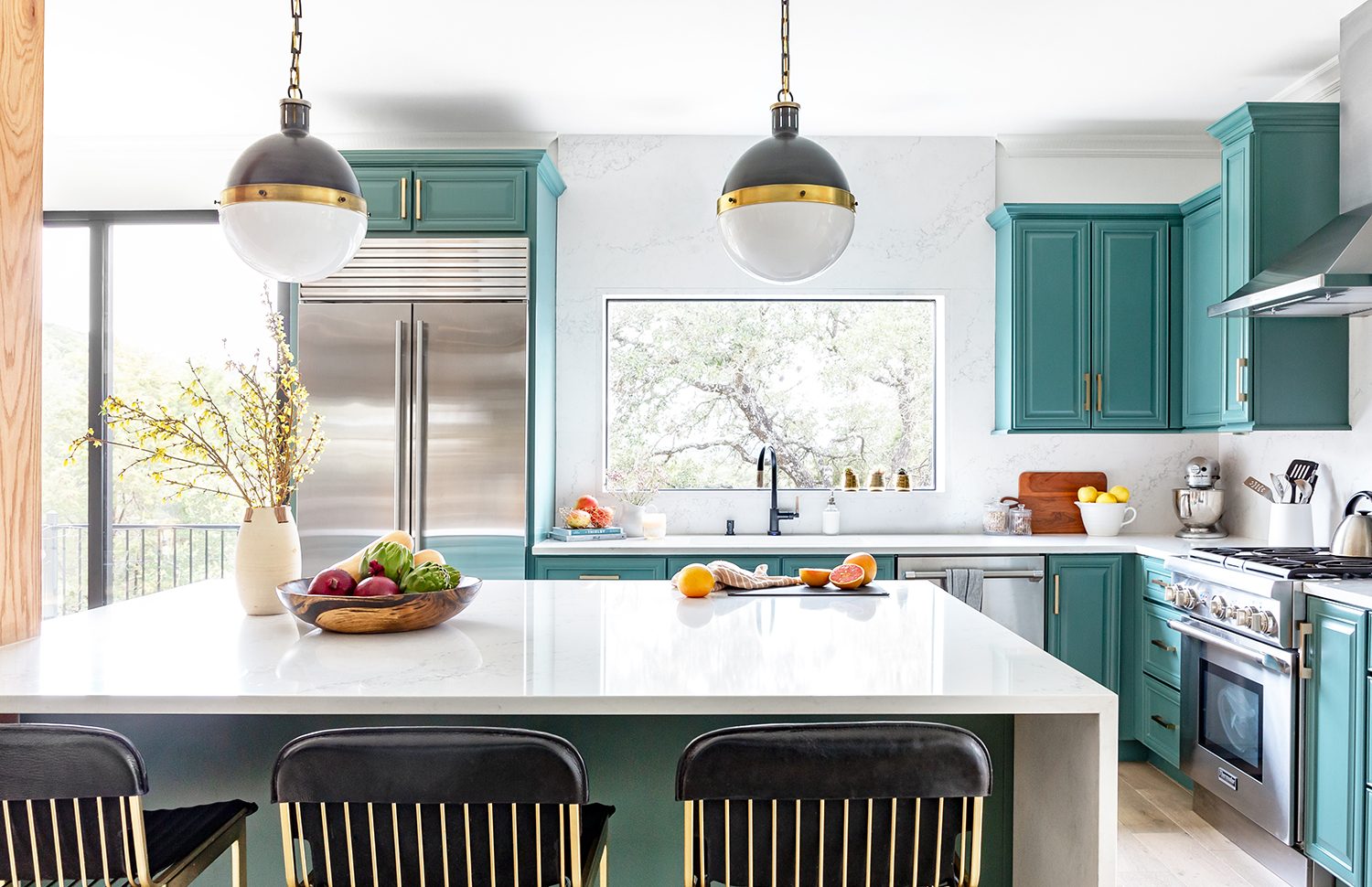Artwork, furniture, and textiles are foundational design elements that add obvious personality and charm to any space. But mixed metal accents — from cabinet hardware and light fixtures to table bases, drapery rods, and mirror frames — can make a home feel truly layered and unique.
Unlike a builder-grade home with standardized metal finishes throughout, mixing metals throughout your space feels intentional, individualized, and design-forward. Picture a vintage, unlacquered brass kitchen faucet with matte black cabinet hardware and rattan pendant lighting — it feels curated and personal in the best possible way. Plus, there are so many unique metals to play with, including polished chrome, brushed or polished nickel, aged brass, polished brass, live brass, bronze, black, copper, and more.
Ahead, find your complete guide to mixed metals across kitchens, bathrooms, living rooms, bedrooms, and beyond, according to Havenly designers.
1. Consider your overall style

First things first: your chosen metal palette should complement your overall design aesthetic, whether you’re a bonafide maximalist or a warm minimalist. If you’re going for something elevated and luxe, a polished chrome and aged brass combo is perfect. If you’ve got a rustic farmhouse situation, an oil-rubbed bronze and copper combo would work well. Scandinavian minimalist? Lean into polished nickel and black.
2. Learn your undertones
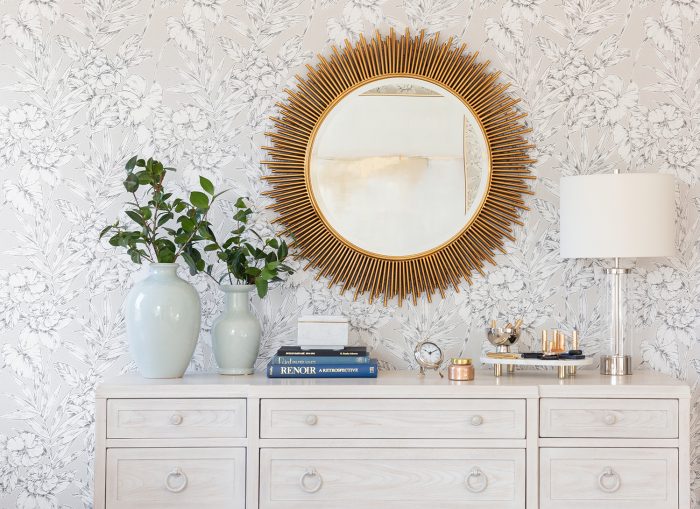
Like paint colors, all metals have a warm or cool undertone. Nickel, brass, and bronze lean warm, while chrome and black boast a cool hue. If you’re ever confused, it helps to compare finishes in-person — head to a hardware store, and you’ll see the subtle differences. For example, chrome and nickel are very similar, but chrome has a touch of blue in it, while nickel has a subtle gold undertone. This is important to note because mixing metals with very similar undertones can feel too matchy-matchy. Which leads us to our next tip…
3. Opposites attract
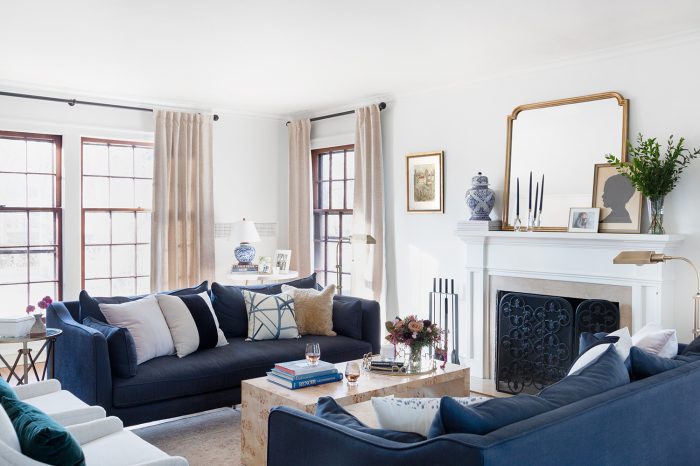
No matter what combination you choose, it’s best to go high-contrast, especially if you’re a mixed metal novice. For example, mixing opposite tones like brass and black, brass and chrome, black and copper, or bronze and nickel creates eye-catching contrast and makes the look feel intentional.
4. Determine your primary metal
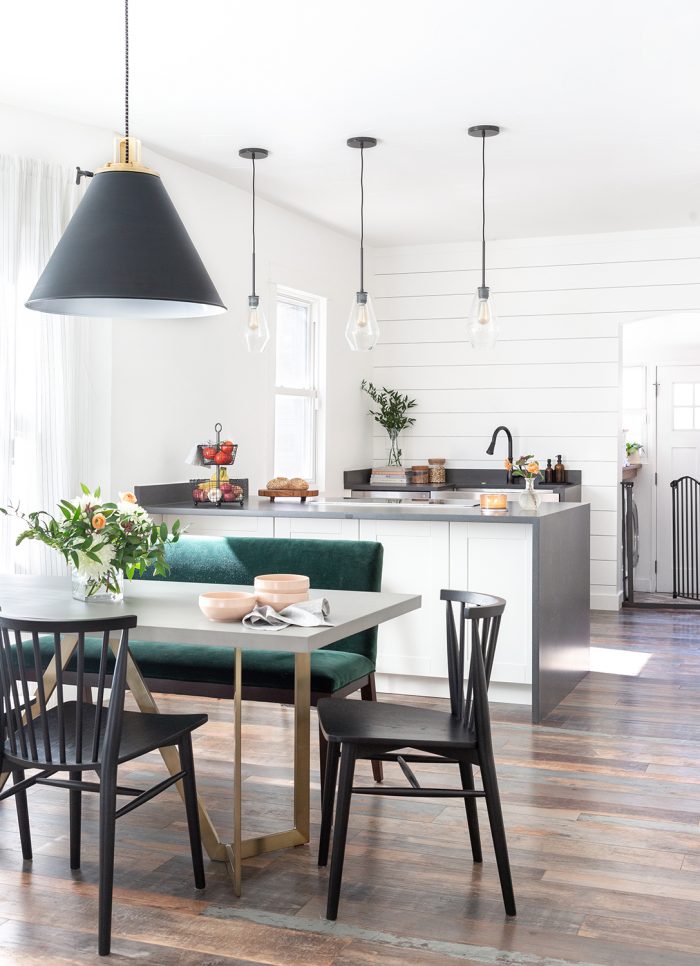
Simply put, your primary metal is the most prominent finish in the space. Whether it’s a trio of oversized brass pendants above your kitchen island, or a matte black vanity mirror and light fixture in your half bath, this ubiquitous finish is automatically your “dominant” tone. From there, it’s just about selecting a complementary (ideally high-contrast) metal to pair with your foundational tone.
If you’re installing new hardware or building a home from the ground-up (lucky you!), word to the wise: different vendors tend to have their own take on more unique finishes, like oil-rubbed bronze. Start with a universally similar metal like matte black, chrome, or brushed brass to start, especially if you plan to buy from multiple different retailers.
5. Group similar items

To make the mixed metal look appear intentional instead of random, keep all similar items the same finish. For example, all kitchen door pulls and knobs can be one metal, while nearby light fixtures are another. In a half bath, keep the faucet and mirror the same, and switch it up with the wall sconces.
6. Play with finish types
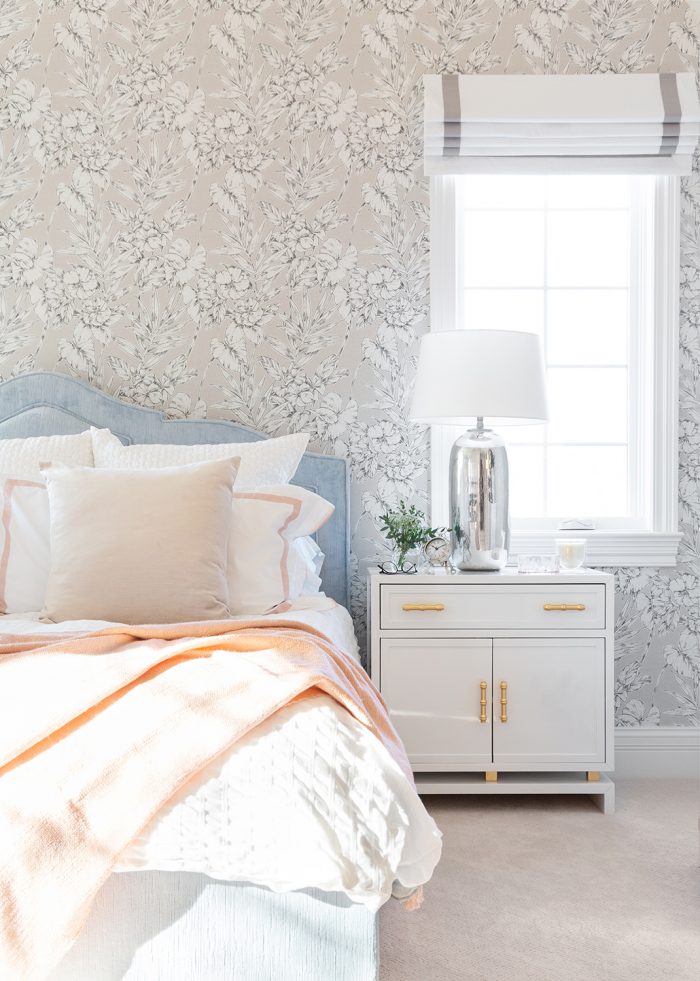
Metals aren’t the only design element you can mix and match — you can also play with the finish type throughout your home to keep things unique and interesting. For example, go with high-polish hinges and door knobs, and satin or matte light fixtures throughout your home.
Want expert advice on your actual space, straight from an interior designer? Check out our design packages to work with a design pro one-on-one.

